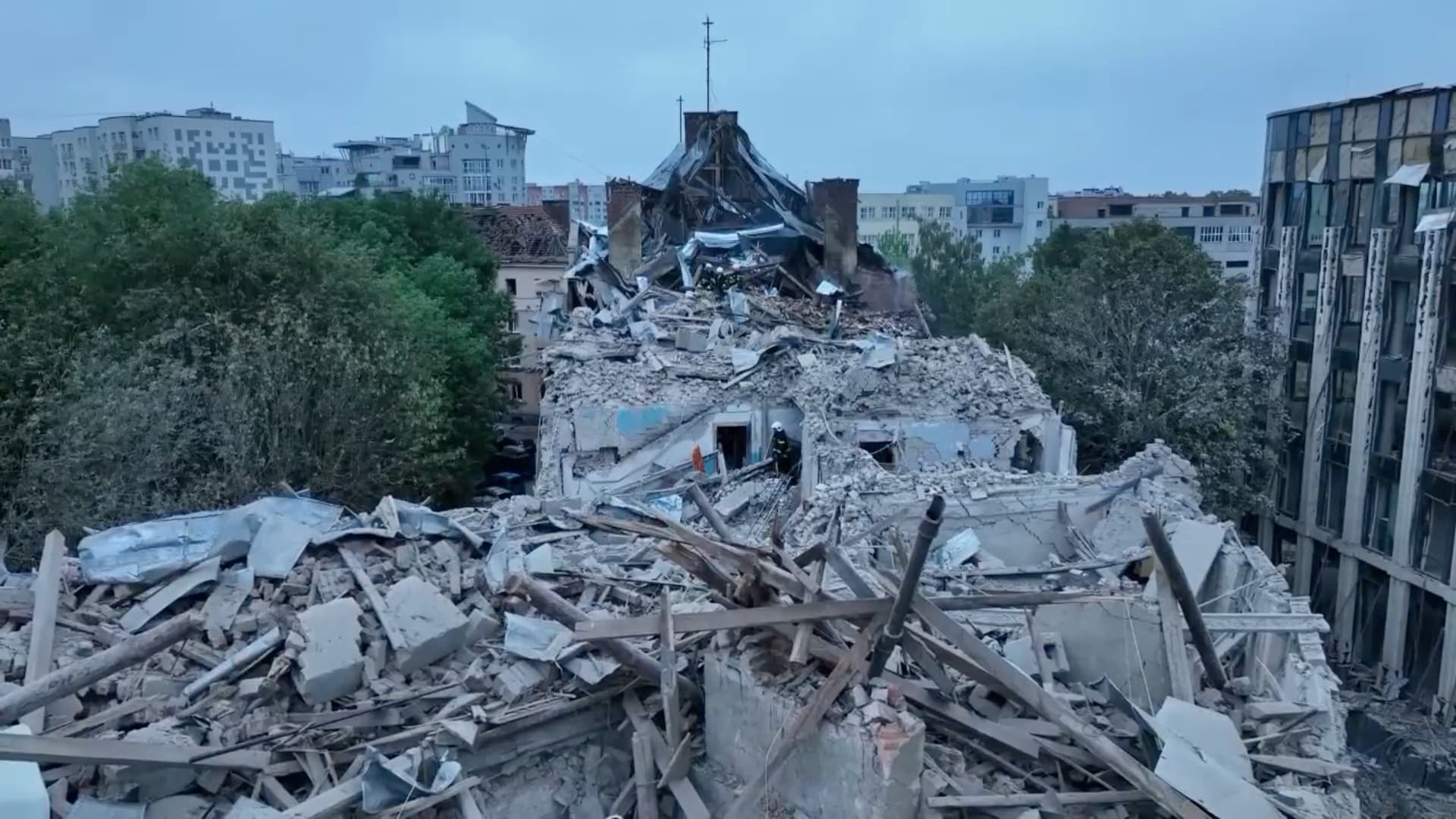Semeru volcano erupts, authorities raise alert to highest level as ash spreads
Indonesia's Semeru volcano erupted today, sending ash plumes several kilometres into the air and prompting the national volcanology agency to raise the alert to the highest level. Authorities ordered evacuations and warned of aviation disruptions, saying residents should stay at least 2.5 kilometres from high risk zones because of pyroclastic flow and heavy ashfall risks.

Mount Semeru, Java's tallest peak, erupted on November 19, 2025, producing ash plumes that rose several kilometres above the summit and prompting Indonesia's volcanology agency to elevate the alert to the highest setting. Officials advised communities to maintain a 2.5 kilometre buffer from designated danger zones as a precaution against fast moving pyroclastic flows and widespread ash deposition. Local authorities have begun evacuations of villages judged most at risk and warned of potential interruptions to air travel.
The eruption occurred in a densely populated part of eastern Java where agriculture, small industries and local transport depend on predictable weather and clear runways. Semeru, which reaches roughly 3,676 metres, is one of the archipelago's most active volcanoes and has a documented history of sudden destructive eruptions. That history underpins both the elevated alert and the recommendation that nearby residents follow official orders and prepare for prolonged relief operations.
Ashfall can cascade through the local economy quickly. In the short term farmers face damage to crops and grazing land, while road and rail movement can be slowed by thick ash on surfaces. Aviation is particularly vulnerable, with volcanic ash capable of abrading engines and instruments, leading airlines and airport operators to reroute or cancel flights when plumes encroach on flight paths. Authorities warned that such disruptions are likely and could affect connections to major hubs on Java for at least several days while ash concentrations are monitored.
The economic implications extend beyond immediate disruptions. Emergency sheltering, medical care for ash related respiratory problems, and replacement of damaged infrastructure will add to local and national disaster relief costs. Past eruptions in Indonesia and elsewhere suggest that rapid mobilization of food, clean water and temporary accommodation is essential to limit longer term economic damage. Officials signalled that relief operations could be extended, indicating expectations of a recovery period measured in weeks rather than days.
Policy responses now focus on two fronts. First, operational emergency management, where rapid evacuations and airspace management are priorities. Effective coordination between volcanologists, local governments and transport authorities will determine how quickly normal economic activity can resume. Second, fiscal and planning considerations for the medium term, where budgets for relief, reconstruction and agricultural support will be tested. Indonesia's frequent exposure to natural hazards makes resilient budgetary planning important, since recurrent disasters can strain regional finances and insurance markets.
For communities in Semeru's shadow the immediate concern is safety and clear information from authorities. For the broader economy the eruption highlights familiar trade offs between natural hazard risk and economic livelihoods, and underscores the importance of contingency funding, robust monitoring systems and infrastructure design that can withstand episodic volcanic events. Authorities urged residents to comply with evacuation orders and prepare for an extended period of relief and recovery in the coming days.


